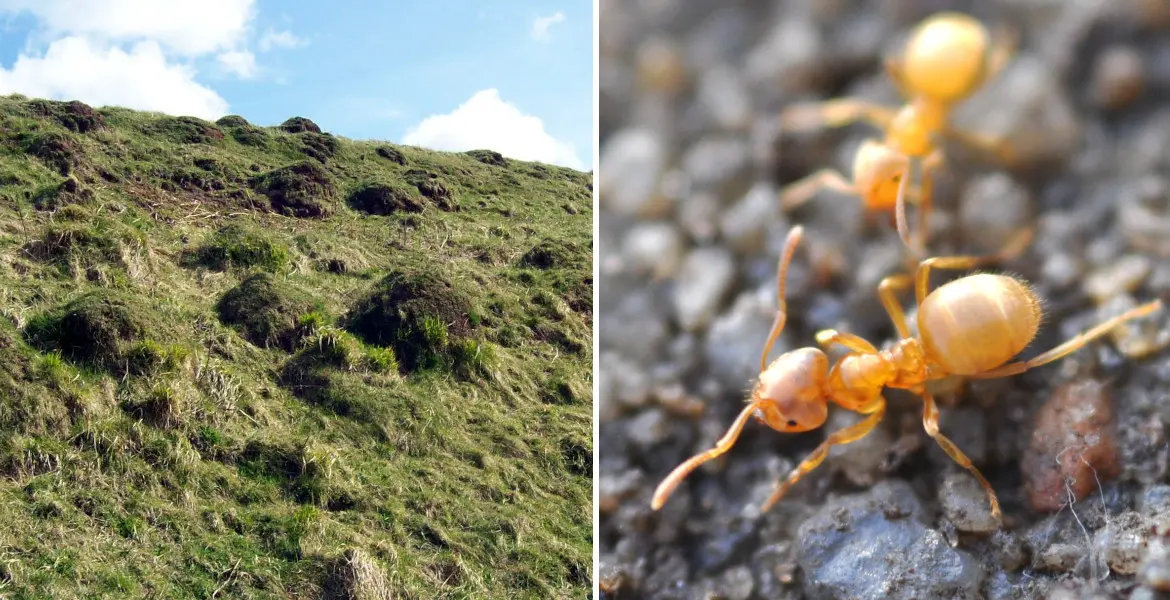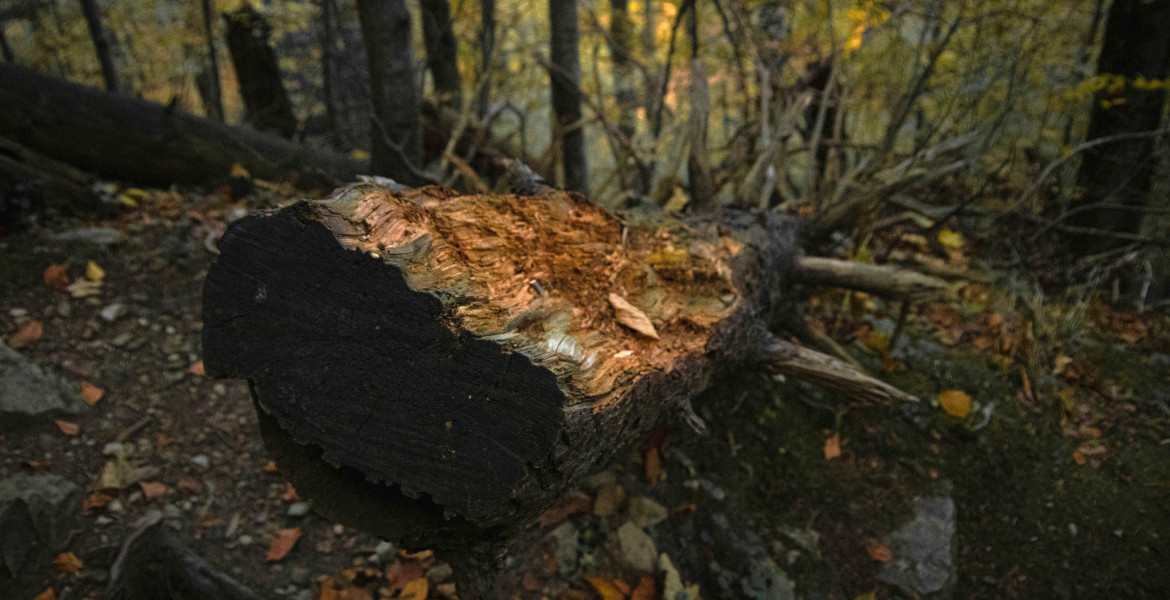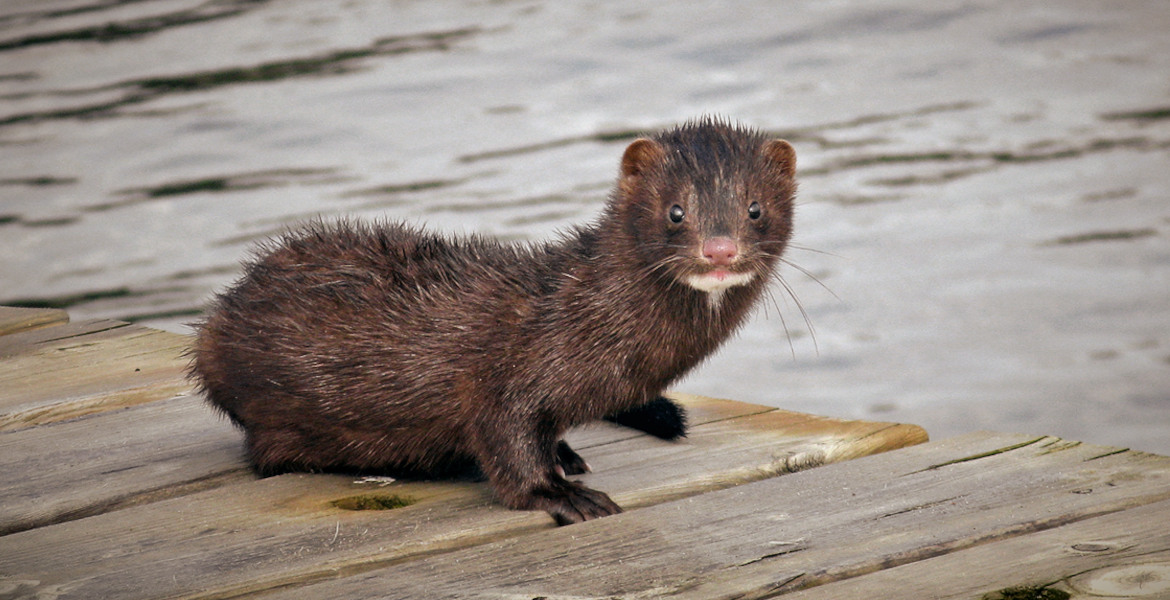Ants contribute significantly to biodiversity in moorland areas, according to a new Danish study from Aarhus University. The nutrients created in the soil together with the extra heat from the anthills help more species to thrive and flourish in the vicinity. One species has even found a unique way to use the ants to its advantage.
The study, conducted by the Department of Ecoscience at Aarhus University in Denmark, studied anthills on Danish moors to investigate the importance of ants to other insects and plants.
It turns out that ants are very important for biodiversity. This is because ants bring dead animals to their stacks, which in turn nourishes the soil. The anthill also warms the surrounding ground, where snakes, beetles and other animals like to stay in the spring to get warm.
– The heat and the nutrients create unique conditions that allow certain plant species that don’t otherwise thrive on heathland to thrive on the ant mound, Rikke Reisner Hansen explains.
Reiser Hansen has looked at two types of anthills, those with excised wood ant (Formica exsecta) and those with yellow meadow ant (Lasius flavus). Both species are also found in Sweden. When she found one of these stacks, she dug a hole next to the stack in order to examine the soil. Additionally, the temperature at the top of the anthills has been measured and was shown to contain a lot of heat.
– It appears that the top part of the ant mound acts like a kind of miniature Costa del Sol for insects and reptiles. The animals exploit the excess heat from the ants for warmth in early spring and on chilly mornings, Rikke reports.
Positive impact on vegetation
Plants also benefit from the anthills as vegetation growing around them flower or turn green more quickly, which also helps pollinating insects to access the nectar of flowers earlier.
The Alcon blue butterfly (Phengaris alcon) is a butterfly species that has certainly found a way to benefit from the ants. It only lives on moorland in the vicinity of ants. The species has developed a different way of fooling the ants. The butterfly lays its eggs on the unusual bell gentian plant where the caterpillar eats the seeds of the flower. When it is large enough, it falls to the ground and begins to emit an odor and even special sounds identical to those of the caterpillar of a queen ant.
– When the worker ants discover what they mistakenly believe is a queen larva, they drag it into the ant nest. They feed the caterpillar, and sometimes they even forget their own offspring, and the colony dies, Resier Hansen explains.
The caterpillar then overwinters in the anthill and in spring it spreads its wings and leaves the anthill.
In Denmark, around 1 844 species are under threat of extinction, including the Alcon blue butterfly, and Reiser Hansen says this is partly due to the way the country’s moorland is treated. She says that human impact destroys the anthills, among other things, and thus also affects the remaining nature and species in the areas.
– To ensure many different plants and animals on the heath, we need to rewild the landscape, or at least return it to the way it was before machinery took over from traditional management systems, she says.








